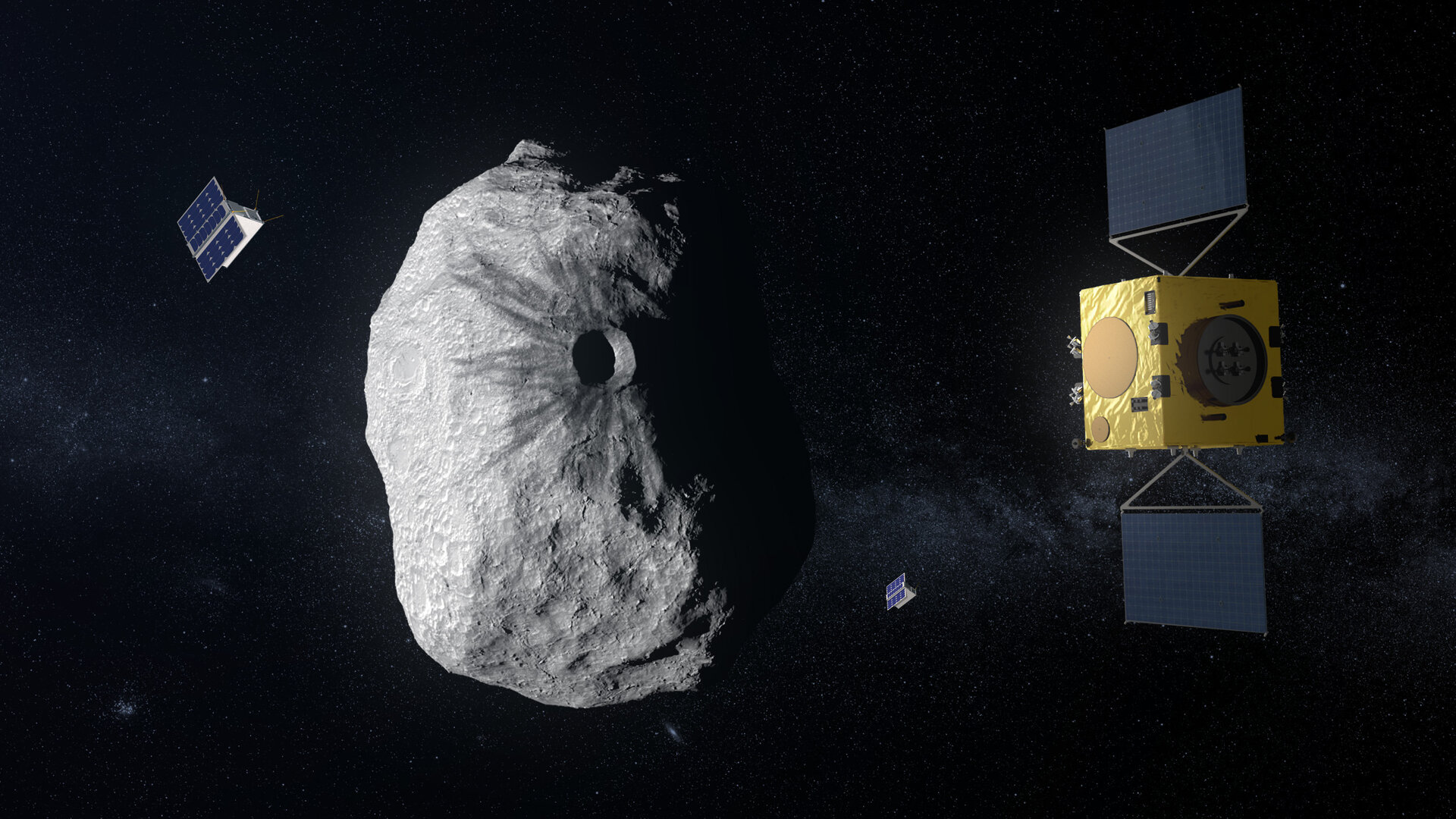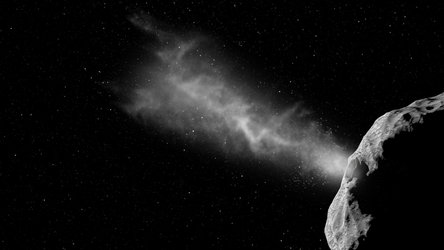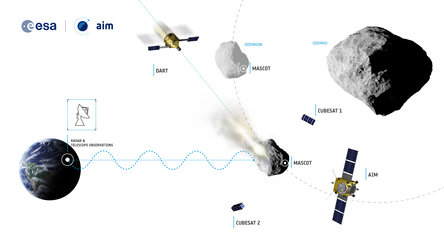Design begins for ESA's Asteroid Impact Mission
European industry has begun work on dual concept studies to design an innovative Asteroid Impact Mission for ESA. The mission is tasked to encounter and chart a distant asteroid, and then witness it being struck by another spacecraft, returning data to help guide planetary defence strategies.
Last month saw the formal start of the Asteroid Impact Mission (AIM) preliminary design phase. Two separate industrial consortia have begun work on design concepts for the mission’s satellite platform, payload accommodation and operations systems.
“Running dual industrial contracts in parallel is a tried and tested way of encouraging as much innovation as possible,” explains Karim Mellab, AIM spacecraft manager.
“A decision will be made between the two sets of results in about 15 months, following the intermediate system requirements review.”
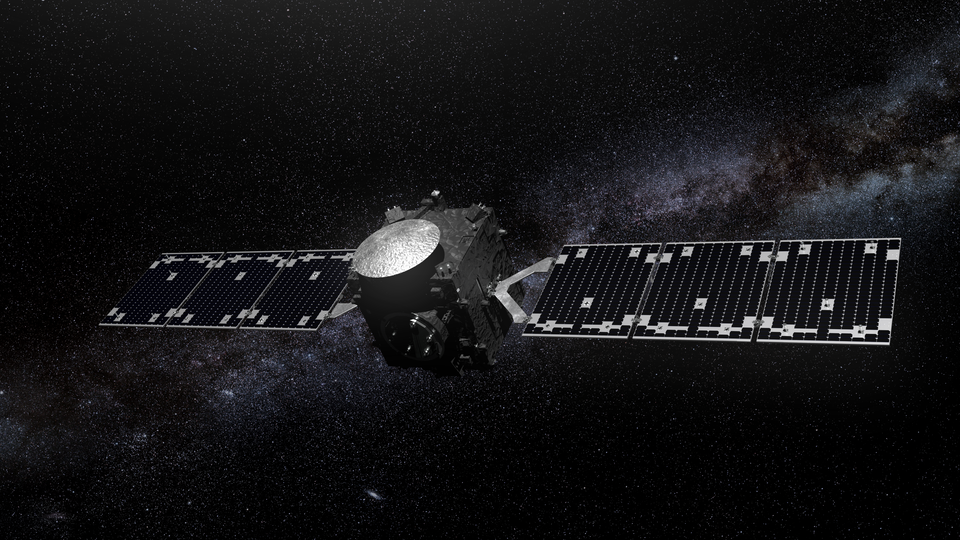
The chosen concept will then be presented to ESA’s Council of Ministers in November 2016 for approval.
If approved, the mission concept would then become an actual ESA mission and work can begin to translate computer-aided design drawings into bent metal and cast composite.
Designing for space
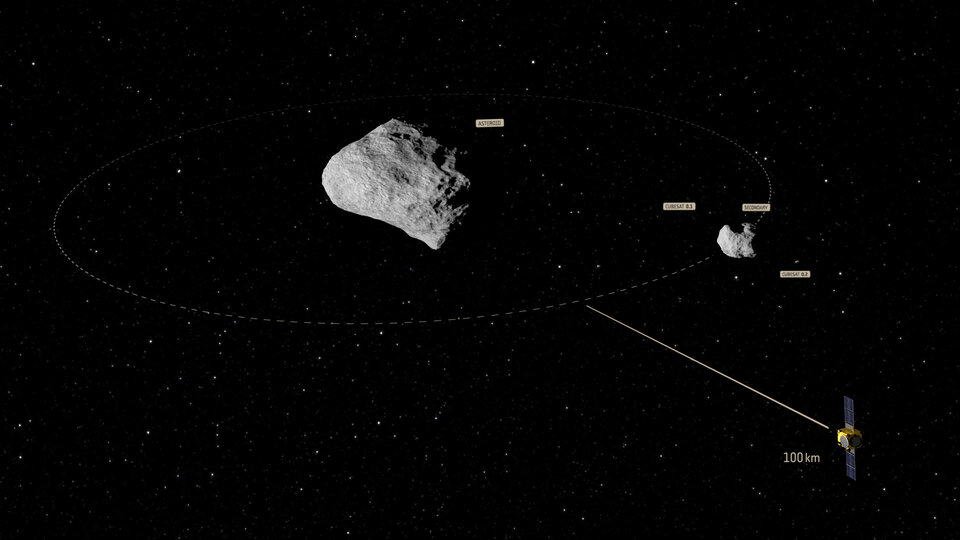
The two contracts cover the AIM spacecraft plus ground operations concepts. The payload instruments will be sourced from scientific institutions across ESA Member States.
“The payload is typically considered the part that does the scientific discovery,” explains Andres Galvez, AIM payload engineer.
“For AIM, however, every resource will be squeezed to the last drop including the payload, which will be put to a dual use and also support spacecraft operations, to make the most of every kilogram we take with us to the target asteroids.
“This approach will also be part of an innovative set of technology demonstrations, including deep-space laser communications, for future missions.”
AIM may also host an asteroid lander, currently under study by the DLR German Aerospace Center, and two or more CubeSats, which are the subject of a separate announcement of opportunity.

“AIM is proposed to be ESA’s first mission to a small body since Rosetta,” adds Karim. “So it is an undeniably ambitious endeavour, but at the same time it needs to cost around an order of magnitude cheaper than Rosetta.”
Part of that reduced price-tag comes down to the fact that AIM will be a much shorter-lived mission than the decade-spanning Rosetta, taking only a year to cruise to its target, the binary asteroid system of Didymos and its moon.
AIM, with a maximum mass of 800 kg at launch and about the size of a large office desk, will also be much more compact than the lorry-sized Rosetta.
The rest of the savings need to be identified in this first phase of the activity, such as applying onboard autonomy to reduce the number of personnel needed to run the mission. For instance, the spacecraft might use a telecommunication carrier beacon as a streamlined means of communicating its health status.
Contract teams
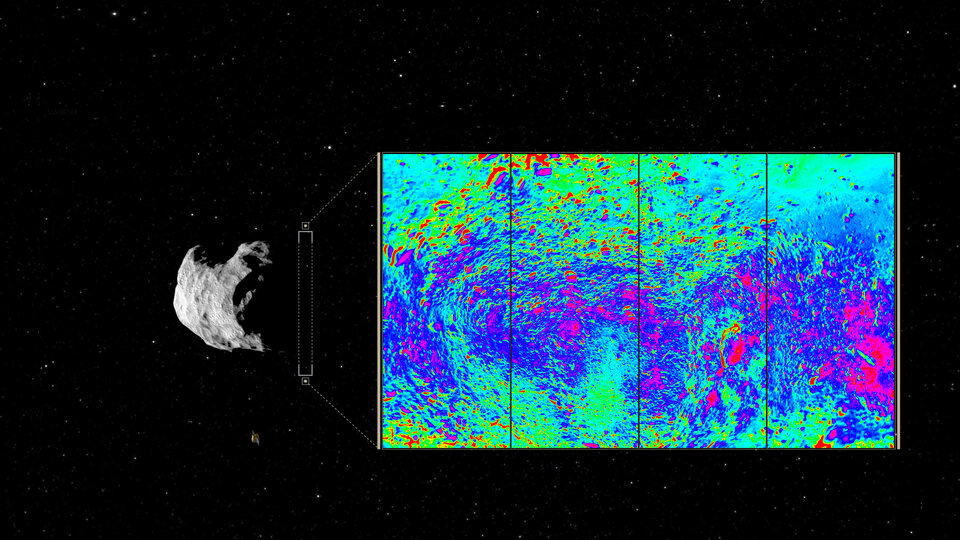
The first contract has been awarded to a consortium led by German company OHB, with Politecnico di Milano performing mission analysis, Italian company Telespazio working on the ground segment and operations and Portuguese company Spin.Works focused on the guidance and navigation aspects.
The second contract has gone to a consortium led by QinetiQ Space Belgium, with GMV in Spain taking on responsibility for mission analysis, guidance, navigation and control and support to ground operation definition.
“Guidance and navigation is a crucial part of the mission design,” comments Karim. “First, the spacecraft needs to find its way across 480 million km of space to its target asteroid. Then it needs to perform visual reckoning to manoeuvre around the Didymos system, employing a limited quantity of propellant.”
Whichever design is chosen, the mission needs to be launched in October 2020 to make the launch window to catch the asteroid and its moon.
Joint endeavour
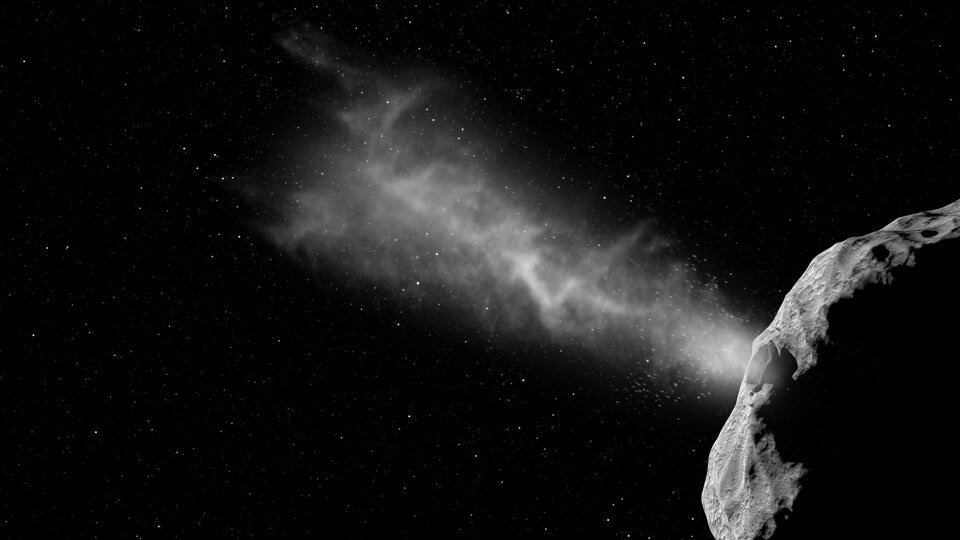
AIM must be in position before late 2022 when NASA’s Double Asteroid Redirection Test, or DART, is planned to crash into the asteroid’s moon for detailed before-and-after impact monitoring. These observations will help determine how far the DART kinetic impactor has moved the asteroid moon.
The two missions together are components of an international collaboration on an asteroid-deflection demonstration mission called the Asteroid Impact & Deflection Assessment (AIDA).
“AIDA is an exciting and economical concept for a mission to demonstrate multiple technologies and techniques that would provide high-value asteroid science and benefit planetary defense planning,” says Lindley Johnson, NASA’s Near-Earth Object Program Executive.
”We are delighted that ESA has completed their AIM Pre-Phase-A study, and decided to officially move on to Phase-A concept definition. Our own DART mission is scheduled to initiate its Phase-A study in a few months.”
The combined mission concepts of AIM and DART would make the joint AIDA mission the world’s first attempt to demonstrate that international space agencies working together could protect the Earth from an asteroid impact.


